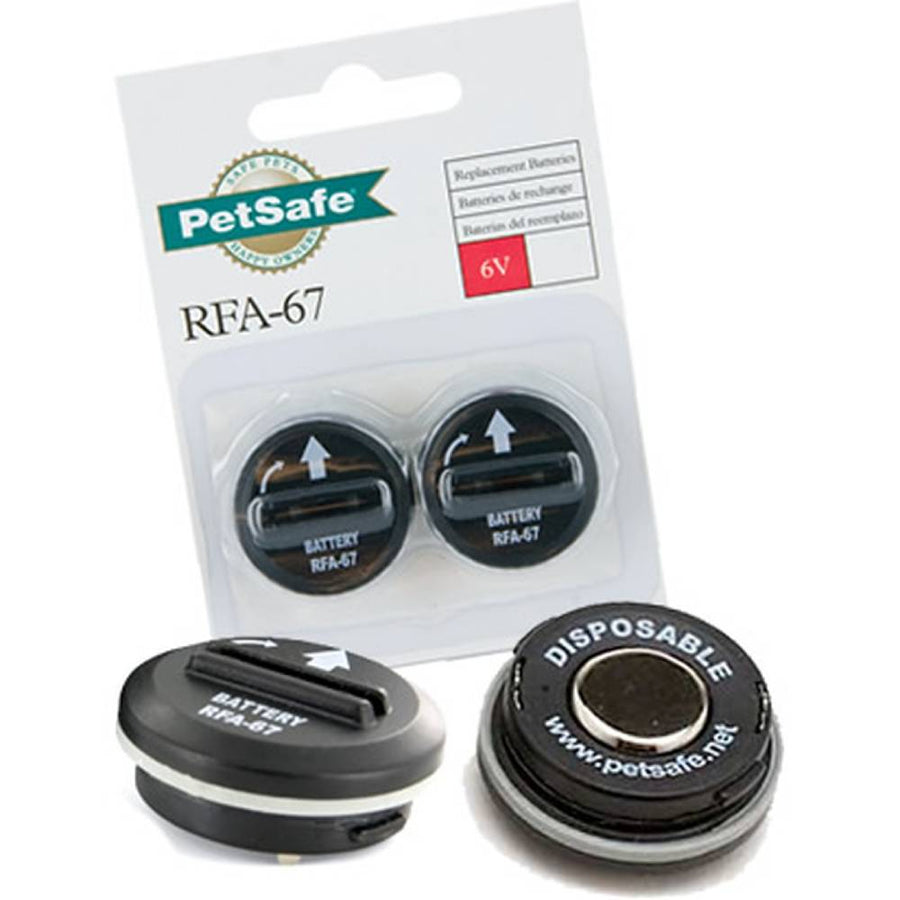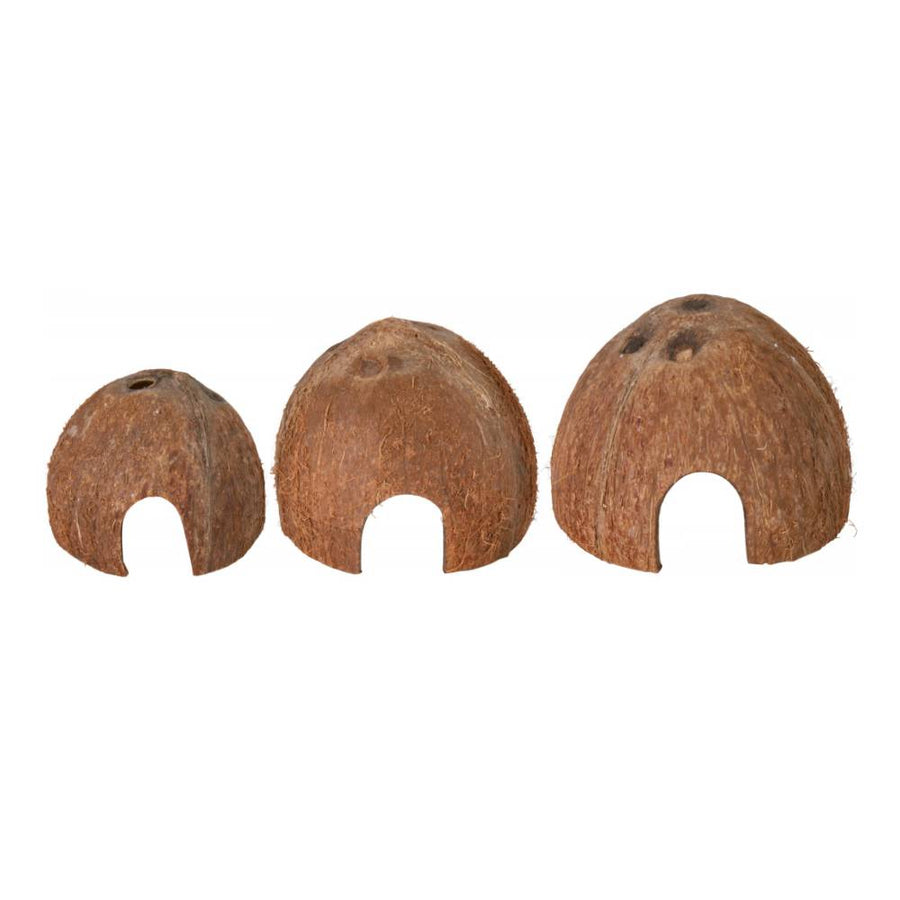Pet Safe Radio Fences
Debunking the electrifying myth
Did you get a puppy for Christmas? Fantastic. Only now the dog is getting big and energetic and wants to run around!
So how do you keep that dog in your garden during playtime?
Do you set up a large security fence around the perimeter of your property?
Sure, that could work. But what about that flower bed you planted last year? Or that shed you put your rubbish into? Because dogs like to rummage. It’s one of their favourite things in the world. What about a wired off run? Also, an option if you don’t mind your view being spoiled.
The perfect compromise is the radio fence. It’s non-intrusive, sets up a boundary of where your pet can and can’t go, and gives enough space for your pet to roam and exercise.
There’s a lot of fear-mongering over radio fences and, more importantly, a lot of questions. So let’s debunk a few myths and look into the benefits of radio fences.
How does the Pet Safe Radio Fence work?
The fence works on the idea of electronic stimulation.
The Pet Safe wire is placed underground around the perimeter. It acts as a transmitting antenna to the battery-operated receiver on the collar that the dog wears. As the dog approaches the wire, the receiver picks up the transmitted signal and begins to emit a beep that the dog can clearly hear.
This beep is the first warning that the dog is getting too close to the wire. If the dog continues towards the wire, the collar will give the dog a mild shock from two contact points protruding from the collar.
Will the shock hurt my dog?
No.
This is a huge concern for most pet owners who have never dealt with a radio fence but here’s the truth: the shock emitted by the collar is not designed to electrocute or hurt your dog. Petsafe’s products meet the rigorous standards of the EMCA (Electronic Collar Manufacturers Association), so no, there is no intention to harm your pet. It’s simply there to get the dog’s attention and you should always start with the lowest setting and work up.
The shock itself is more like a static shock, the kind of surprising snap you get from touching your car door. It’s a mild tingly sensation that makes your fingers curl and teaches you to be careful. The collar works in much the same way, gently discouraging your dog from crossing the invisible line.
How old should my pet be before I use a containment collar or Petsafe collar?
Six months old is the recommended age or when your pet understands basic commands such as sit, stay and no.
How will my dog know where the radio fence is?
Once the wire is placed underground, you will set a series of flags along the boundary line to show the dog where the Pet Safe radio fence is. This is also where the training begins, usually 15 minutes 3 times a day for 2 weeks.
Training is essential and to begin, you:
-
Switch your receiver to the lowest ‘tone only’ setting and put on the collar or hold it close enough for the dog to hear the beep. If your collar doesn’t have that function, do not attach the collar to the dog. For this post, I’m going to assume you have the tone only function.
-
Attach a long leash to a SECOND collar, making sure the extra collar doesn’t place pressure on the contact points.
-
Take the dog around the safe zone, guiding him away when the beep sounds. This is to teach your pet the importance of beeping. Each time the dog approaches the line and the beep sounds, give the leash a firm tug to encourage the dog away from the flags.
-
Praise the dog.
-
After a few days of training where the dog returns to the safe area whenever he hears the beep, remove the cover from the contact points and allow the dog to be corrected.
-
Continue tugging him back by the leash to the safe area.
-
Again, each time the dog returns to the safe area, praise him/her.
-
Once the boundary is established, add in distractions and more praise every time the dog returns to the safe area.
-
During the second week, you can remove the leash and monitor your pet.
-
After you’re satisfied your pet knows where the boundary is, remove every second flag every day until all the flags are gone. Keep flags for future use.
This training is essential to how successful the radio fence will be. After all, it’s a training measure to ensure your dog stays in a safe area.
Any extra information can be found on PetSafe’s website or YouTube channel.
What type of collar will I need?
While mostly I’ve been focusing on dogs, there are Pet Safe collars for cats available too. If you have more than one dog, or a cat and a dog, extra collars can be purchased. There are collars for smaller dogs, medium to large dogs and, for stubborn dogs, there is a collar with a receiver that emits a stronger static simulation.
What are the benefits of using a pet containment radio fence?
-
Suffice to say, the fact that the radio fence is underground means you can have an unencumbered view. For instance, if the back of your house overlooks a lake, a beach or a wooded area, there will be no need for a fence to keep your dog in. It’s also perfect for those residential areas where stone walls or timber fencing are prohibited.
-
The fence can also go anywhere, over rocky ground, through wooded areas, etc.
-
Not to mention the fence doesn’t need planning permission.
-
The fence is designed to work for ⅓ acres but can be expanded to 25 acres with additional wire and kit.
Will the containment system keep other animals out of my garden?
The purpose of the radio fence is to give your pet boundaries, however, while it can keep your pet in, it cannot keep anything else out. For that reason, it would be highly advisable to have some form of security fence on your property, not only as a backup, but to prevent others, humans or animals, from coming onto your property and encountering your dog.
Maintenance of the Fence & Collar - How do I care for my Petsafe Radio Fence Collar?
Like anything, the radio fence requires some maintenance:
-
As the receiver on the collar runs by battery, you should always check how much juice is left and replace the battery as necessary.
-
Also check your wire every few weeks to make sure it hasn’t moved.
-
Never leave the receiver collar on for more than 12 hours.
-
Remove the collar when the pet is indoors.
-
Make sure the collar fits properly and isn’t too tight, check every few hours to make sure you can fit two fingers between the collar and the dog’s neck, and reposition the collar.
-
Never connect a lead to the collar as that can add extra pressure.
-
Wash the dog’s neck and the contact points weekly with a damp cloth.
-
With a thicker coat, you may need to trim (not shave) the dog’s hair in the area of the contact points.
-
Always read the instructions.








